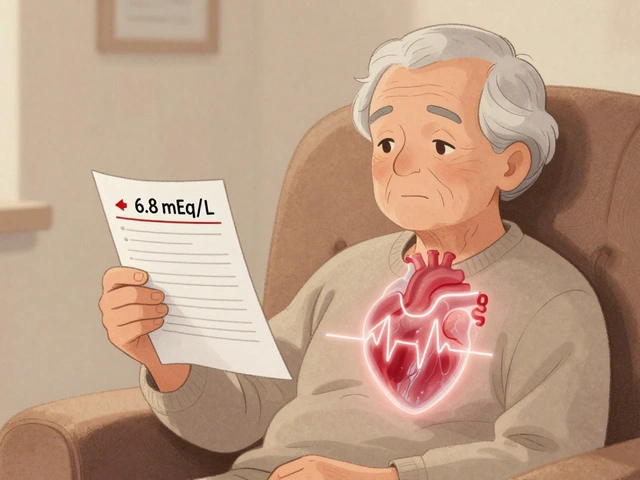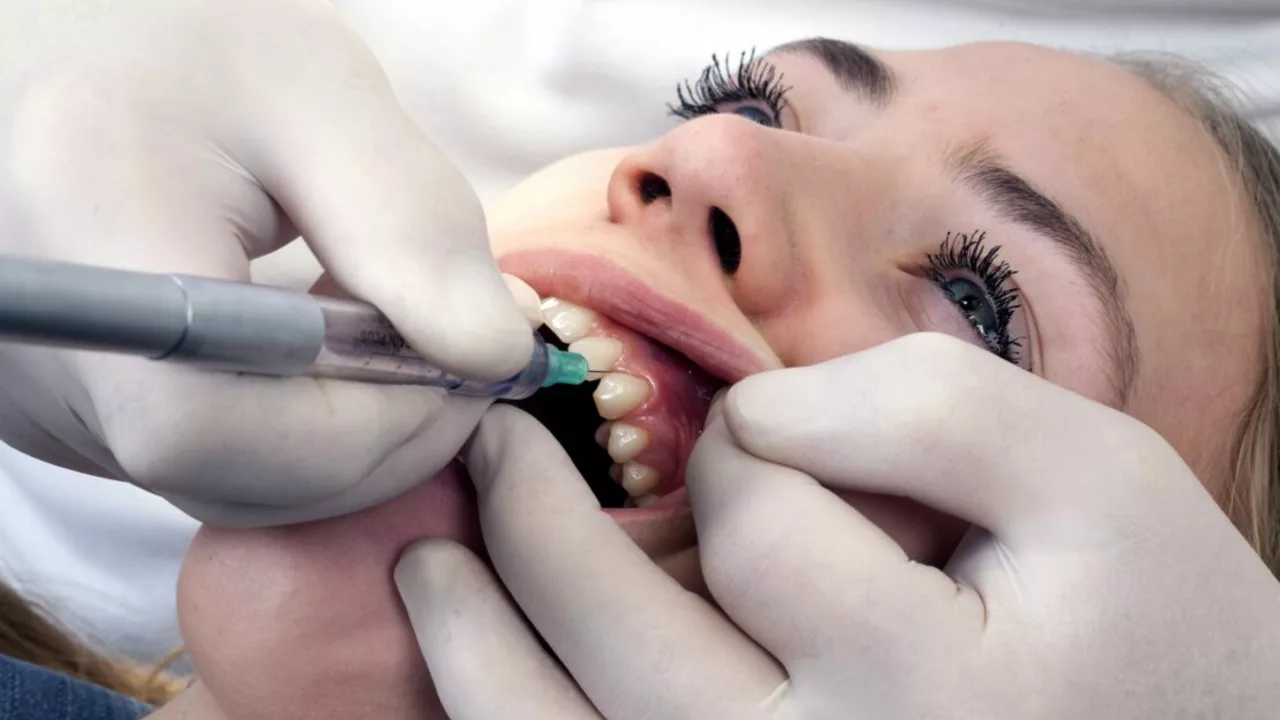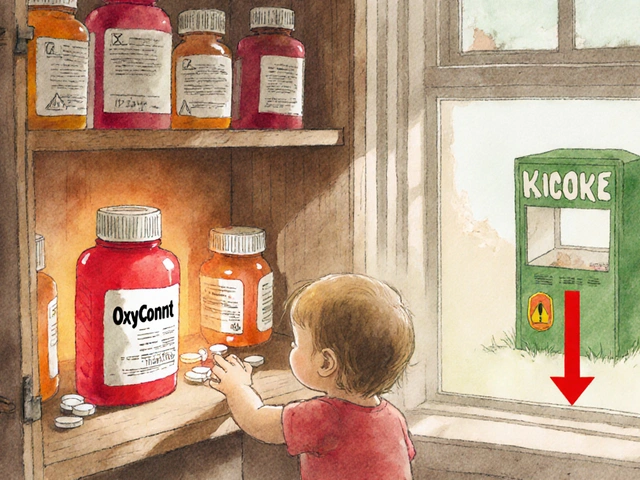Dental procedures: clear, practical advice so you’re ready
Scared of a root canal or losing a tooth? You’re not alone. Dental procedures are routine, but the unknown makes them feel bigger than they are. This page gives plain, useful steps you can use before, during, and after everything from fillings to implants. No fluff — just the facts that help you feel calm and in control.
Common dental procedures and what really happens
Fillings: A short visit. Local numbing, remove decay, fill the tooth. Expect mild sensitivity for a few days. Avoid hard, sticky foods for 24 hours if your filling is new.
Crowns: Often two visits. First visit shapes the tooth and fits a temporary crown; second visit bonds the permanent crown. Keep the temporary clean and avoid chewing on that side until the final crown is set.
Root canals: The dentist removes infected nerve tissue, cleans the canal, and seals it. It’s not fun, but modern techniques make it much less painful than decades ago. Mild soreness for a few days is normal.
Extractions and wisdom teeth: Simple pulls vs. surgical removal. For wisdom teeth expect swelling, a few days of soft-food diet, and instructions to avoid straws and smoking to prevent dry socket.
Implants: A multi-step process over months — implant placement, healing, then crown attachment. Healing time matters; plan for multiple visits and higher cost but long-term stability.
How to prepare, manage pain, and recover faster
Before the procedure: Ask for a written estimate and a clear care plan. Confirm whether you need a ride home if you’ll have sedation. Ask about antibiotics only if you have a specific medical condition — don’t take them automatically.
Pain control: Ibuprofen is usually the best first choice for dental pain. Use as directed and combine with acetaminophen if needed. Avoid aspirin right after extractions because it can increase bleeding.
Immediate aftercare: Use cold packs for the first 24 hours to cut swelling, then switch to warm compresses if soreness stays. Eat soft foods for 48–72 hours after extractions or big procedures. Keep your head elevated while resting.
Oral hygiene: Don’t stop brushing — be gentle near the treated area. Rinse with salt water after 24 hours if you had an extraction. Follow your dentist’s timeline for resuming normal cleaning routines.
Red flags to call your dentist: heavy bleeding that won’t stop, fever over 101°F (38.5°C), increasing pain after a few days, spreading swelling, or numbness that won’t resolve. These can mean infection or other complications.
Smart money moves: Compare quotes, ask about payment plans, consider dental schools for lower-cost work, and check if the office offers in-house memberships or accepts your insurance.
Picking the right dentist: Check licenses, read recent reviews, and ask about sterilization and technology. A quick pre-visit call can tell you a lot about how they communicate and whether you’ll feel comfortable.
Small steps, like clear questions and sensible aftercare, cut stress and speed recovery. If something feels off, call your dentist — timely care prevents bigger problems.
21
The Uses of Prilocaine in Dental Procedures
In my recent research, I've found that Prilocaine is a highly effective local anesthetic commonly used in dental procedures. It's known for its rapid onset and medium duration of action, which makes it perfect for procedures like fillings or root canals. It's also very useful in reducing pain related to injections and can be combined with other anesthetics for longer procedures. Prilocaine is generally well-tolerated with minimal side effects, making it an excellent choice for dental patients. It's interesting to see how this medication enhances comfort and reduces anxiety in the dentist's chair.
Latest Posts
Popular Posts
-
 Dangerous Hyperkalemia from Medications: Cardiac Risks and Treatment
Dangerous Hyperkalemia from Medications: Cardiac Risks and Treatment
-
 Acromegaly: Understanding Excess Growth Hormone and Effective Treatment Options
Acromegaly: Understanding Excess Growth Hormone and Effective Treatment Options
-
 Medication-Induced Diarrhea: How to Prevent and Treat It Effectively
Medication-Induced Diarrhea: How to Prevent and Treat It Effectively
-
 Constipation from Medications: Complete Management Guide
Constipation from Medications: Complete Management Guide
-
 Antipsychotics and Stroke Risk in Seniors with Dementia: What You Need to Know
Antipsychotics and Stroke Risk in Seniors with Dementia: What You Need to Know



